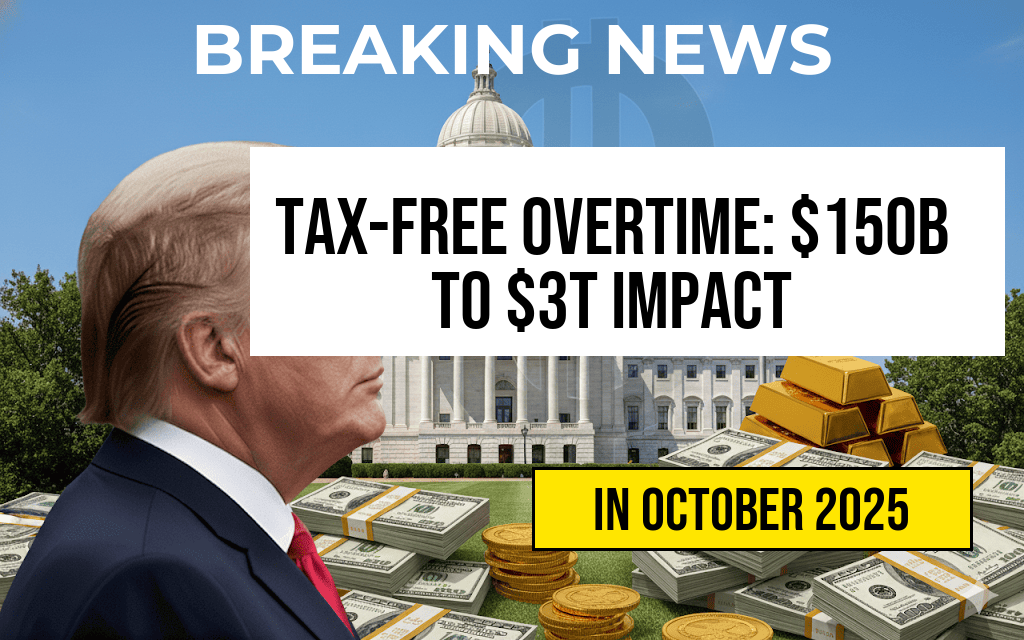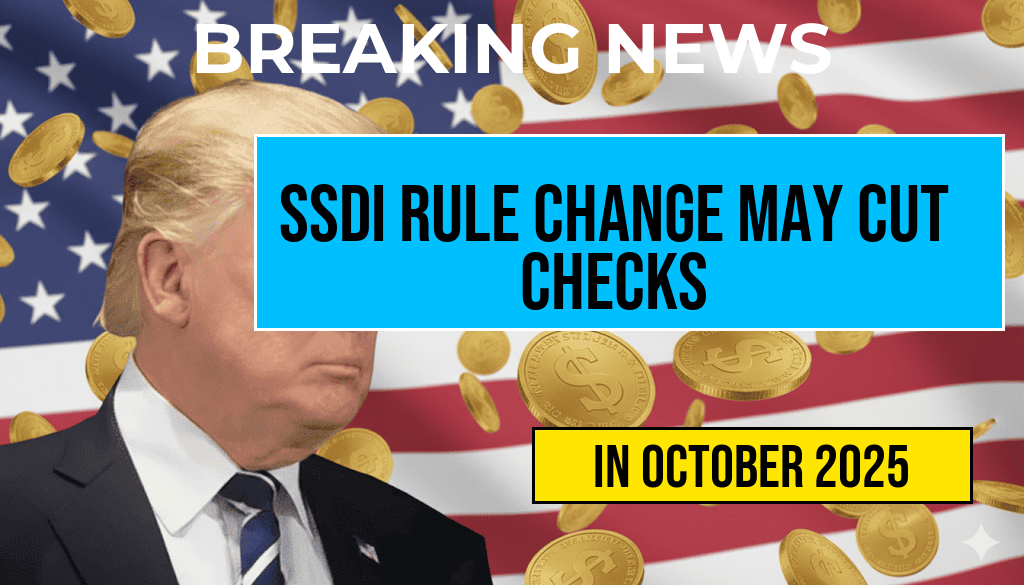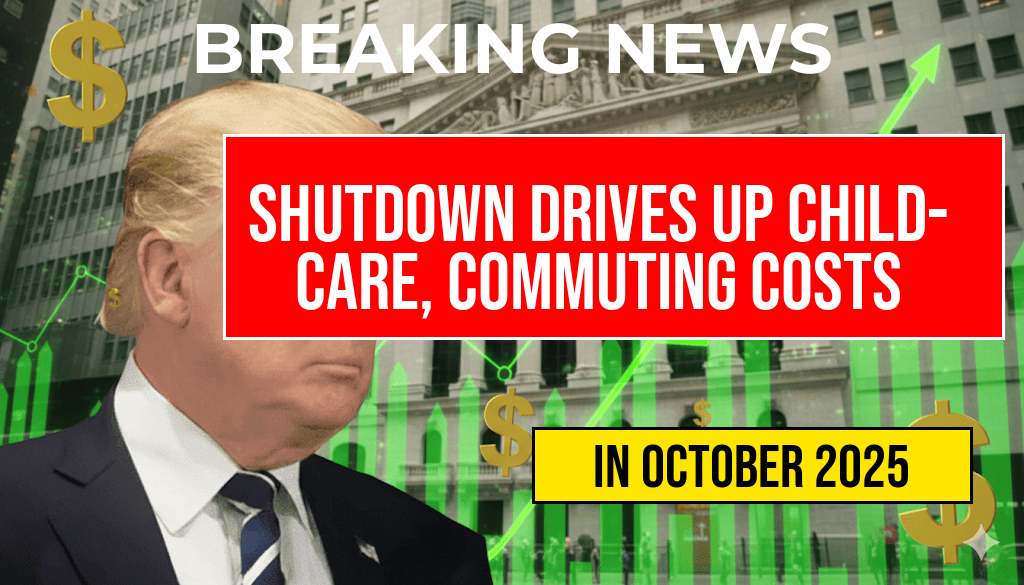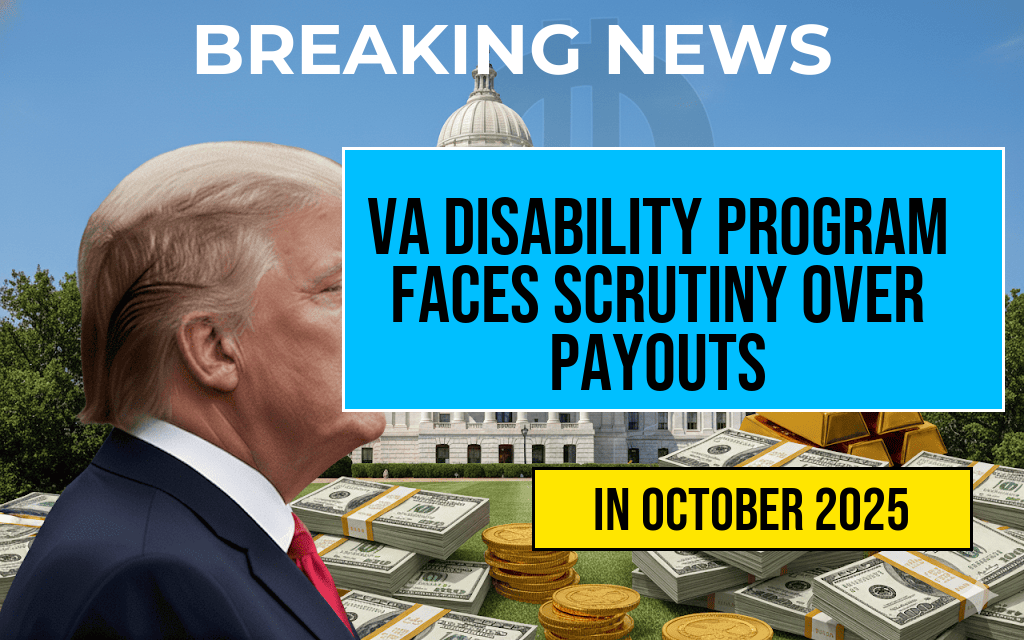The recent policy proposal to make overtime pay tax-free has sparked a heated debate about its potential economic impact. Estimates suggest that this change could affect take-home pay for millions of American workers, with projections of a financial shift ranging from $150 billion to an astounding $3 trillion annually. The implications of this policy extend beyond individual paychecks, raising questions about tax revenue, labor market dynamics, and broader economic growth. Stakeholders from various sectors, including employees, employers, and policymakers, are weighing the potential benefits against the risks associated with such a significant fiscal alteration.
Understanding the Proposal
The proposal to eliminate taxes on overtime pay aims to incentivize longer working hours and boost employee earnings. Currently, overtime compensation is subject to federal and state income taxes, which reduces the net benefit for workers who put in extra hours. By removing these taxes, advocates argue that employees would take home a larger share of their earnings, thereby stimulating consumer spending and driving economic growth.
Economic Projections
According to a report by the Economic Policy Institute, the cost implications of tax-free overtime could range dramatically based on implementation and public response. This report outlines several scenarios:
| Scenario | Estimated Financial Impact |
|---|---|
| Minimal Adoption | $150 billion |
| Moderate Adoption | $750 billion |
| Widespread Adoption | $3 trillion |
Potential Benefits
- Increased Disposable Income: Workers would retain more of their earnings, potentially leading to greater consumer spending.
- Job Creation: By incentivizing overtime, businesses may need to hire additional staff to manage increased workloads.
- Boost to Economic Growth: Higher disposable income could stimulate demand for goods and services, fueling economic expansion.
Challenges and Concerns
While the prospect of tax-free overtime presents intriguing benefits, numerous challenges accompany its implementation:
- Tax Revenue Loss: The federal government could face a significant reduction in tax income, potentially impacting funding for essential services.
- Labor Market Imbalances: The incentive for longer hours might lead to burnout among workers, impacting productivity and overall job satisfaction.
- Wage Compression: If overtime becomes more desirable, employers might reduce base salaries to offset increased overtime costs, negating some financial benefits.
Public Opinion and Political Landscape
The idea of tax-free overtime has gained traction among various labor unions and employee advocacy groups who believe it could help bridge the wage gap. Conversely, business associations express concerns about potential unintended consequences, including increased operational costs and workforce management challenges. A survey conducted by the U.S. Bureau of Labor Statistics found that a majority of workers are in favor of tax-free overtime, primarily citing the need for improved financial security.
Conclusion
The discussions surrounding the implications of tax-free overtime underscore a critical intersection of labor rights, economic policy, and fiscal responsibility. While the proposed changes could lead to significant improvements in take-home pay for millions, a careful analysis of the potential economic ramifications is essential. Stakeholders must consider the broader impact on government revenues, labor markets, and overall economic health as they navigate this complex issue.
Frequently Asked Questions
What is the concept of tax-free overtime?
Tax-free overtime refers to additional earnings from overtime work that are exempt from taxation, potentially increasing employees’ overall income without the burden of tax deductions.
How does tax-free overtime impact my take-home pay?
The introduction of tax-free overtime can significantly enhance your take-home pay by allowing you to keep more of your earnings, especially for those who regularly work overtime hours.
What are the estimated cost implications of tax-free overtime?
Experts estimate that the total economic impact of implementing tax-free overtime could range from $150 billion to $3 trillion, affecting the overall financial landscape for many workers.
Who would benefit most from tax-free overtime?
Workers who frequently log overtime hours, particularly in industries that require extended hours, would stand to gain the most from the implementation of tax-free overtime.
Are there any potential downsides to tax-free overtime?
While tax-free overtime could boost income, there are concerns about potential work-life balance issues and the sustainability of such a policy in the long term, which may complicate its implementation.







